A ceramic dosa tawa is a type of cookware specifically designed for making dosas. A "tawa" is a term used to describe a flat, round, and wide cooking surface typically used for cooking items like rotis, chapatis, and dosas in Indian cuisine. A ceramic pan is made from ceramic materials and is designed to provide a non-stick cooking surface similar to traditional dosa pans.
Table of Contents
Key Features Of A Ceramic Dosa Tawa:
- Material: Ceramic cookware are made from natural clay and minerals. They are known for their non-toxic and eco-friendly properties, making them a popular choice among health-conscious individuals.
- Non-Stick Properties: A ceramic dosa tawa is designed to have a naturally non-stick surface. The ceramic coating helps prevent dosas from sticking to the surface, requiring less oil or ghee during cooking.
- Even Heat Distribution: Good-quality ceramic tawas offer even heat distribution, ensuring that the dosas cook uniformly across the cooking surface.
- Health Benefits: Ceramic cookware is often considered a healthier option compared to some non-stick coatings, as it doesn't release harmful fumes at high temperatures. However, keep in mind that the quality and safety of ceramic coatings can vary by brand.
- Care and Maintenance: Ceramic dosa tawas require gentle handling to prevent damage to the ceramic coating. It's important to avoid using metal utensils that could scratch the surface. Additionally, these tawas might require a bit more attention when cleaning to maintain the non-stick properties.
- Versatility: While primarily designed for dosas, a ceramic dosa tawa can often be used for cooking other flatbreads, pancakes, and similar items.
Is It Healthy To Cook On A Ceramic Dosa Tawa?
Cooking on a ceramic dosa tawa can be a healthier option compared to some other types of cookware, but there are some factors to consider:
Advantages of Cooking on a Ceramic Dosa Tawa:
- Non-Toxic Material: Ceramic cookware is often made from natural clay and minerals, which are non-toxic and generally safe for cooking. Unlike some non-stick coatings, ceramic coatings are less likely to release harmful chemicals or fumes when heated.
- Less Oil: Ceramic tawas are designed to have a non-stick surface, which means you can use less oil or ghee during cooking. This can lead to healthier and lighter meals.
- Even Heat Distribution: Ceramic cookware usually provides even heat distribution, preventing hotspots and ensuring that your food cooks evenly.
- Environmental Benefits: Ceramic cookware is often more environmentally friendly than some other non-stick coatings that can release harmful substances into the environment during manufacturing and usage.
Key Consideration When Using Ceramic Dosa Tawa:
- Quality and Safety: The quality of the ceramic coating can vary by brand and manufacturing process. It's important to choose ceramic cookware from reputable brands that adhere to safety standards.
- Careful Handling: While ceramic cookware is generally durable, it can be more fragile than materials like cast iron or stainless steel. Avoid dropping or banging the cookware, as this could cause it to chip or crack.
- Maintenance: Ceramic cookware requires gentle care. Avoid using metal utensils that could scratch the surface and negatively impact its non-stick properties. Follow the manufacturer's instructions for cleaning and maintenance.
- Longevity of Coating: Over time, the ceramic coating on the tawa can wear down, affecting its non-stick performance. This is normal for most cookware, and proper care can help prolong the life of the coating.
- Heat Limitations: While ceramic cookware can withstand high cooking temperatures, it's a good practice to avoid extreme temperature changes, such as placing a hot tawa directly under cold water, as this could cause cracking.
In summary, cooking on a ceramic dosa tawa can generally be considered a healthy option due to its non-toxic nature, non-stick properties, and ability to use less oil. However, it's important to choose high-quality ceramic cookware from reputable brands, follow proper care and usage instructions, and be mindful of its limitations to ensure safe and enjoyable cooking experiences.
Use and Care Of A Ceramic Dosa Tawa:
Using and caring for a ceramic dosa tawa involves several steps to ensure its longevity and optimal performance. Here's a guide to help you use and maintain your ceramic dosa tawa effectively:
Cooking Tips:
- Use medium heat to avoid overheating and potential damage to the ceramic coating.
- Avoid using metal utensils that could scratch the surface. Opt for wooden, silicone, or nylon utensils.
Cleaning:
- Allow the tawa to cool slightly before cleaning.
- Gently wipe off excess oil and food residue using a soft cloth or paper towel.
- If there's stubborn residue, you can soak the tawa in warm, soapy water for a short period before gently scrubbing with a soft sponge or brush.
- Avoid abrasive scouring pads or harsh cleaning agents that could damage the ceramic coating.
Maintenance:
- After prolonged use, you might notice changes in the non-stick performance. You can periodically re-season the tawa to improve its non-stick properties.
- Store the tawa in a dry place to prevent moisture-related issues.
Avoid Extreme Temperature Changes:
- Avoid subjecting the tawa to sudden temperature changes, such as placing a hot tawa under cold water, as this could cause cracking.
General Tips:
- Be patient and practice using the tawa to become familiar with its cooking properties.
- Follow the manufacturer's guidelines and recommendations for usage, as different ceramic tawas might have specific care instructions.
Remember that proper care and maintenance play a crucial role in extending the life of your ceramic dosa tawa and ensuring consistent cooking performance. If you're unsure about any aspect of using or caring for your tawa, refer to the manufacturer's instructions or reach out to customer support for guidance.

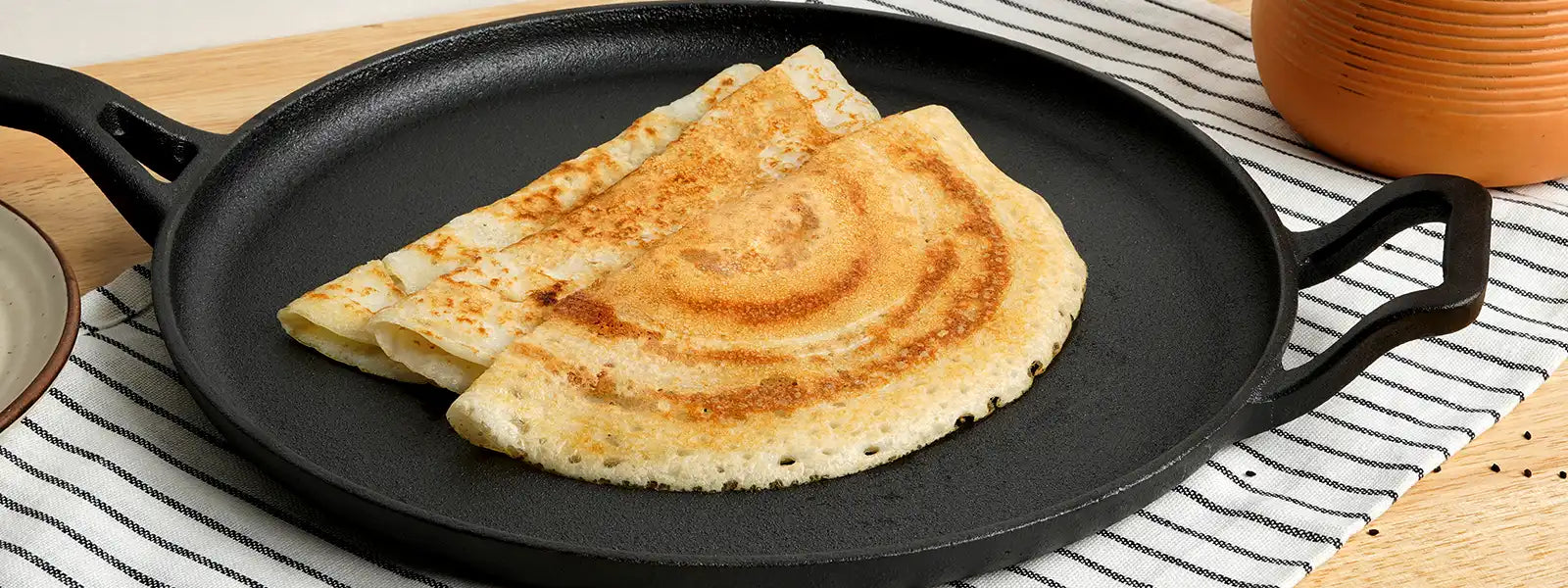
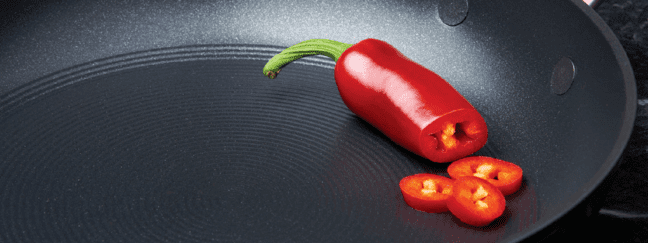
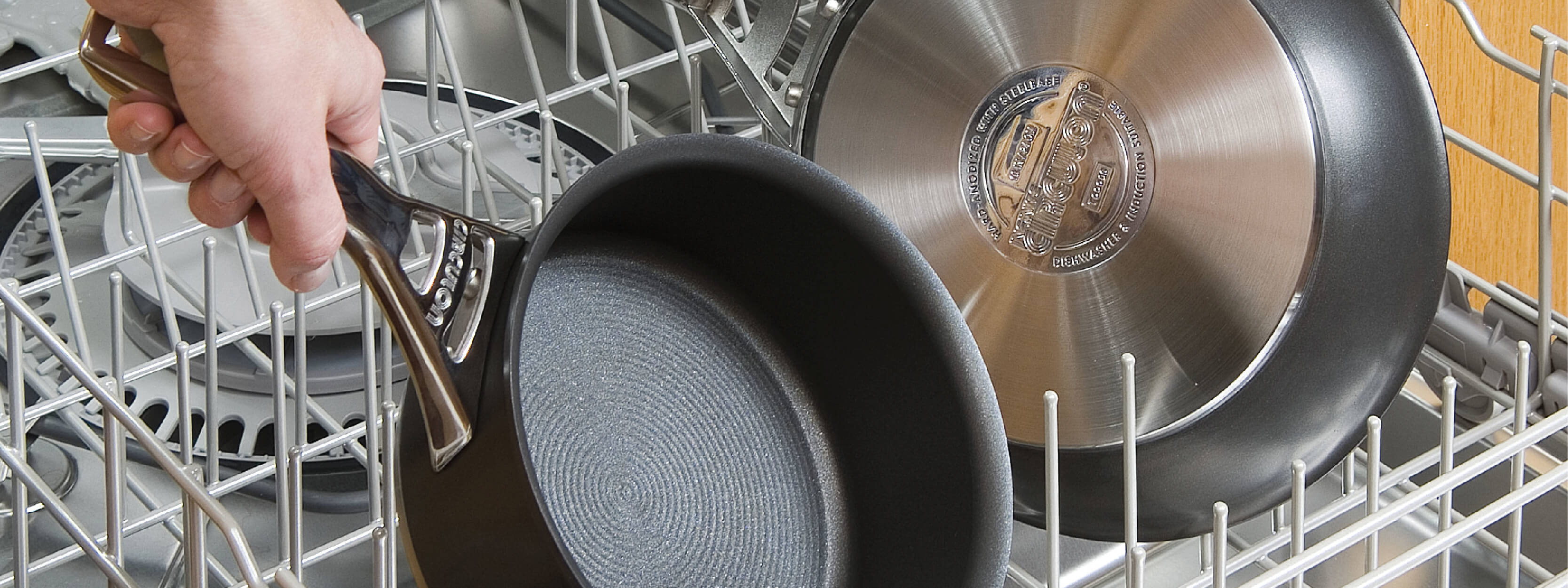
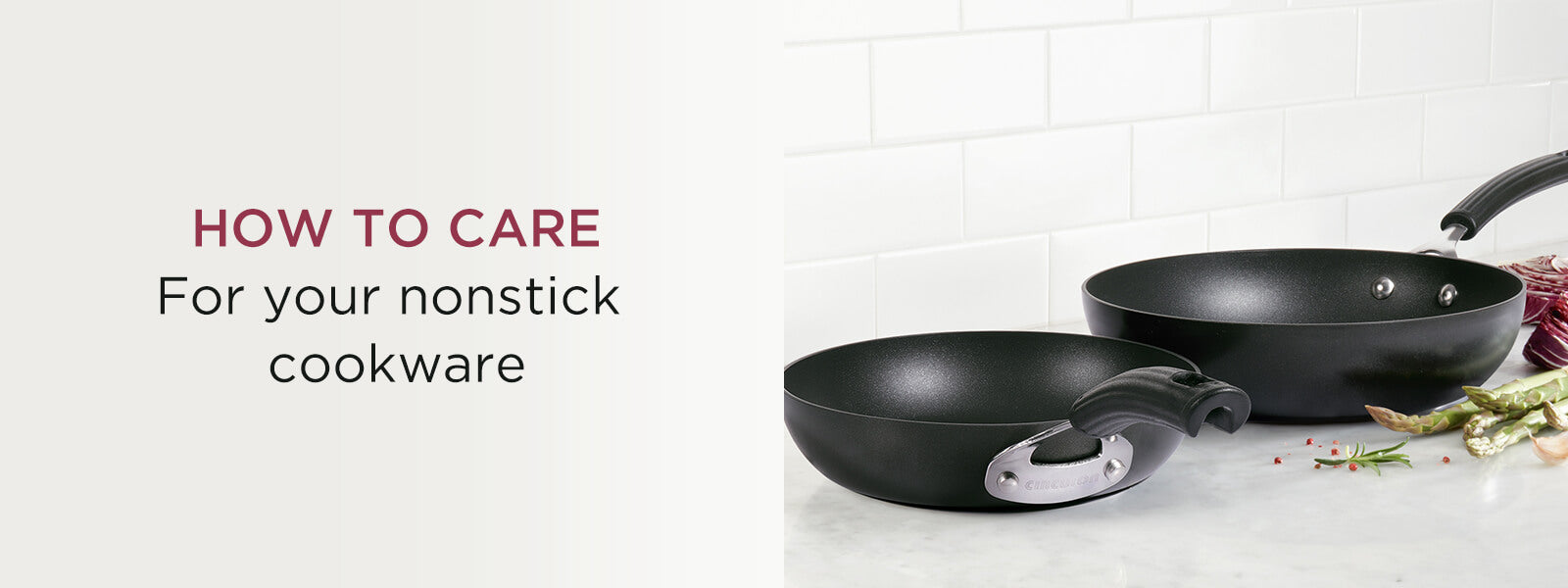
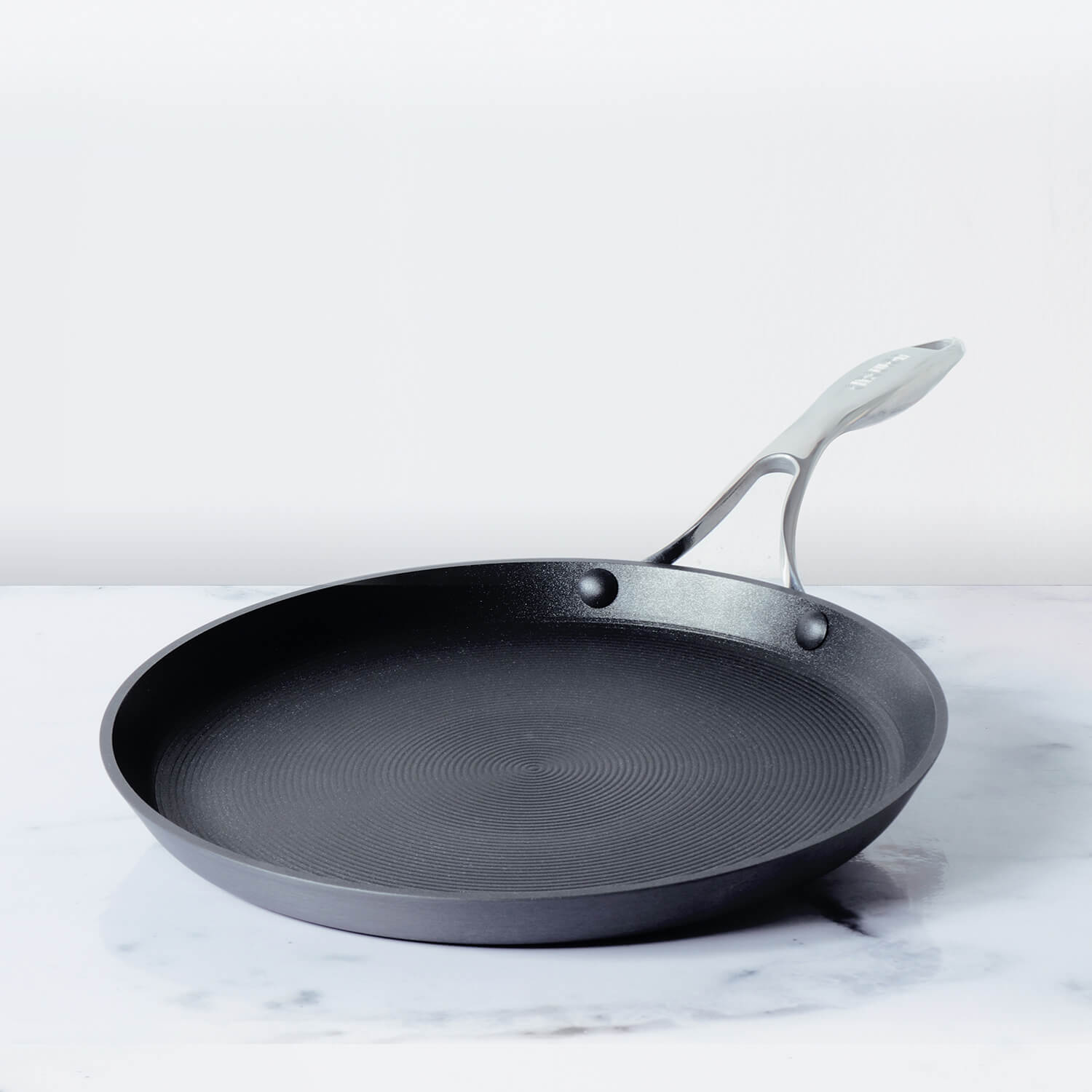
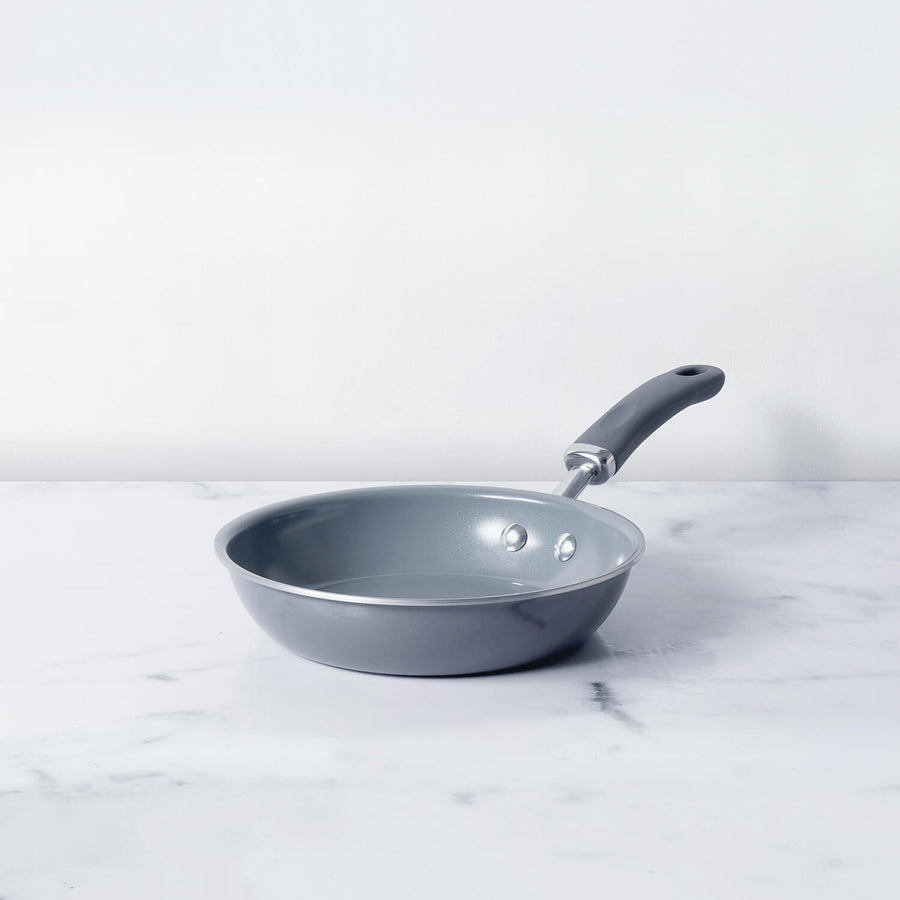




Leave a comment